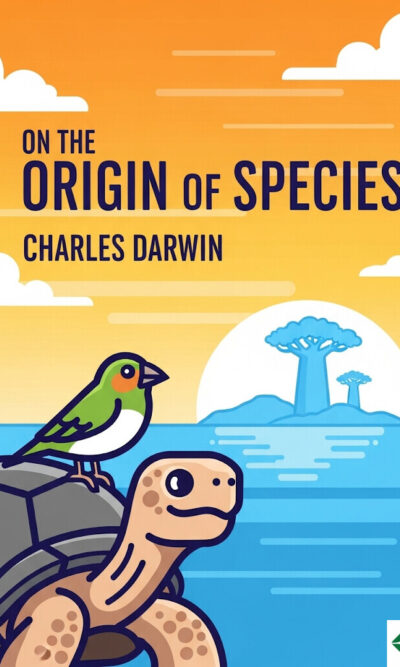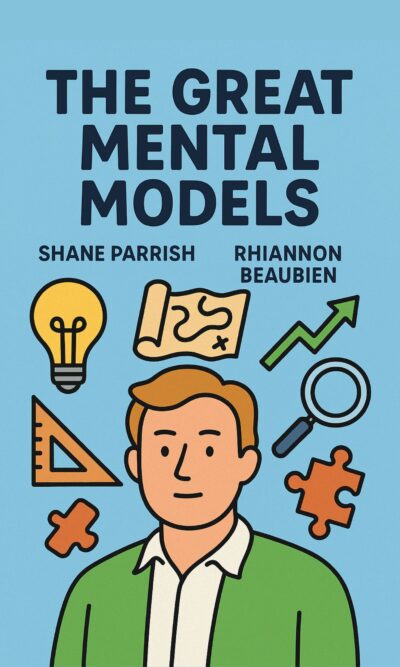Description
Imagine waking up to a world without people. Cities stand still, machines stop running, and human voices vanish forever. The book The World Without Us explores what would happen to Earth if every single human disappeared overnight. It is not a story of doom but of renewal. It shows both the damage we have caused and the way nature would rise again once we are gone.
First, think of plastic. Unlike natural substances, plastic never really goes away. Long after we vanish, the bottles, bags, and toys we made will remain. Rain, wind, and waves will break them into smaller and smaller pieces, but even when they are tiny, they will not disappear. They will drift across oceans and land, entering places untouched by people. Microscopic fragments could even end up inside the smallest sea creatures. Plastic, in many ways, will be one of humanity’s longest-lasting traces.
Another mark we leave behind is our use of toxic materials. Heavy metals like zinc and chromium stay in the environment for thousands of years. They don’t fade away when plants die or when rivers flow. Instead, they move from soil to air to water, circling endlessly. Even if we are gone, the smoke, dust, and hidden chemicals we left behind will remain. Then there are the gases trapped in old refrigerators—CFCs. Once released, they rise into the sky and eat away at the ozone layer, letting more harmful rays of the sun through. It is a sad reminder that in less than a few centuries of activity, we have created damage that can last thousands of years.
Nuclear power adds another deep scar. Today, it is carefully managed, but without us, nuclear plants would quickly fail. Water pumps would stop, cooling systems would break, and reactors would overheat. Within weeks, many plants would melt down. The result would not be a giant explosion but slow, powerful radiation spreading across wide areas. For centuries, vast patches of land would be deadly zones where no life could survive. Since uranium has a half-life of millions of years, these scars could last far longer than the memory of our species.
But not all of this imagined world is filled with destruction. Surprisingly, nature also begins to reclaim its strength. Rivers would return to their natural paths without engineers forcing them to stay straight. Forests would sprout again on abandoned farmland. Insects, moss, and plants would climb up and into houses, cracking walls and breaking concrete. Even mighty skyscrapers would not last long. Without constant repairs, water would seep into roofs, wood would rot, and steel would rust. Within centuries, most of our buildings would collapse. Only a few of the strongest monuments, such as rock carvings or copper statues, would endure for millions of years.
Our animals, however, would not all survive. Farm animals like cattle, sheep, and chickens depend completely on humans. Without fences, food, and shelter, most would die quickly. Predators like wolves, lions, and tigers, once pushed back by us, would thrive again. They would grow in number as they feasted on livestock, then balance out when prey became harder to find. In contrast, many endangered species would finally have room to recover. Without hunters, logging, or pollution, forests, oceans, and plains would regenerate. Creatures on the edge of extinction could grow strong again, filling the silence left behind by us.
The extinction we already caused cannot be undone. The dodo, the passenger pigeon, and many other species are gone forever. But the ones still hanging on would be given a second chance. With forests regrowing and rivers running clean, their homes would return. The Earth’s natural balance, though shaken, would slowly reweave itself.
When it comes to cities, their fall would be surprisingly quick. Take New York: pumps now keep millions of gallons of water from flooding the subway tunnels each day. Without them, tunnels would flood within days. Streets would fill with water, plants would burst through cracks, and animals would settle in abandoned apartments. The proud towers and bridges would crumble. Within a thousand years, little would be left of the world’s great cities.
What about our great monuments? Most will crumble too, but a few will remain. Copper, gold, and granite resist time. The Statue of Liberty’s copper shell could survive thousands of years. Mount Rushmore, carved into solid granite, may last millions of years. These will be the rare echoes of our presence—mute and weathered witnesses to the fact that humans were once here.
Plastic, toxic metals, radioactive waste, and scattered ruins may survive us. But far more powerful is nature’s ability to heal. Forests, oceans, and animals would rise again in the empty spaces we left behind. Rivers would run wild, wolves would howl, and the Earth would look once more like it did before humans reshaped it. Our legacy would be strange—a mix of scars and monuments—but the living world would not end with us.
The message of The World Without Us is not only about a thought experiment. It is also about responsibility. It reminds us that we are already shaping the far future. The things we build and throw away may last longer than our species. The choices we make about energy, waste, and pollution affect not just today but thousands of years to come.
Yet it also offers hope. Nature is strong. Even when wounded, it adapts, recovers, and flourishes again. Our disappearance would not mean the Earth’s end. Instead, it would mean her renewal. But we don’t have to disappear for that healing to happen. If we change our ways, if we waste less and care more, we can see parts of that recovery within our own lifetimes.
In the end, this book asks us to step outside ourselves and imagine the world without us. It is humbling to realize that our cities, our machines, and even our greatest monuments are temporary. Nature, in her slow patience, will outlast us all.





